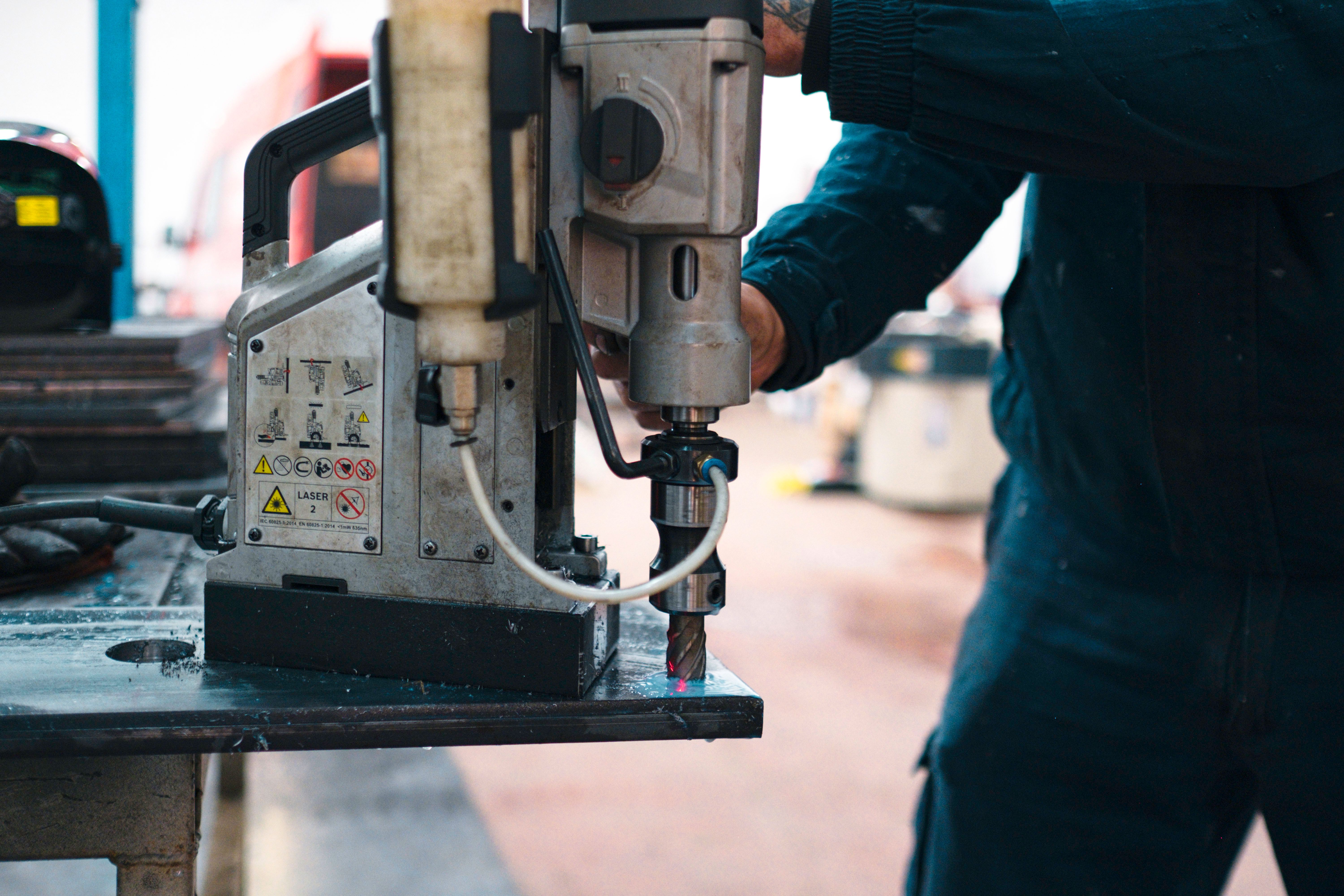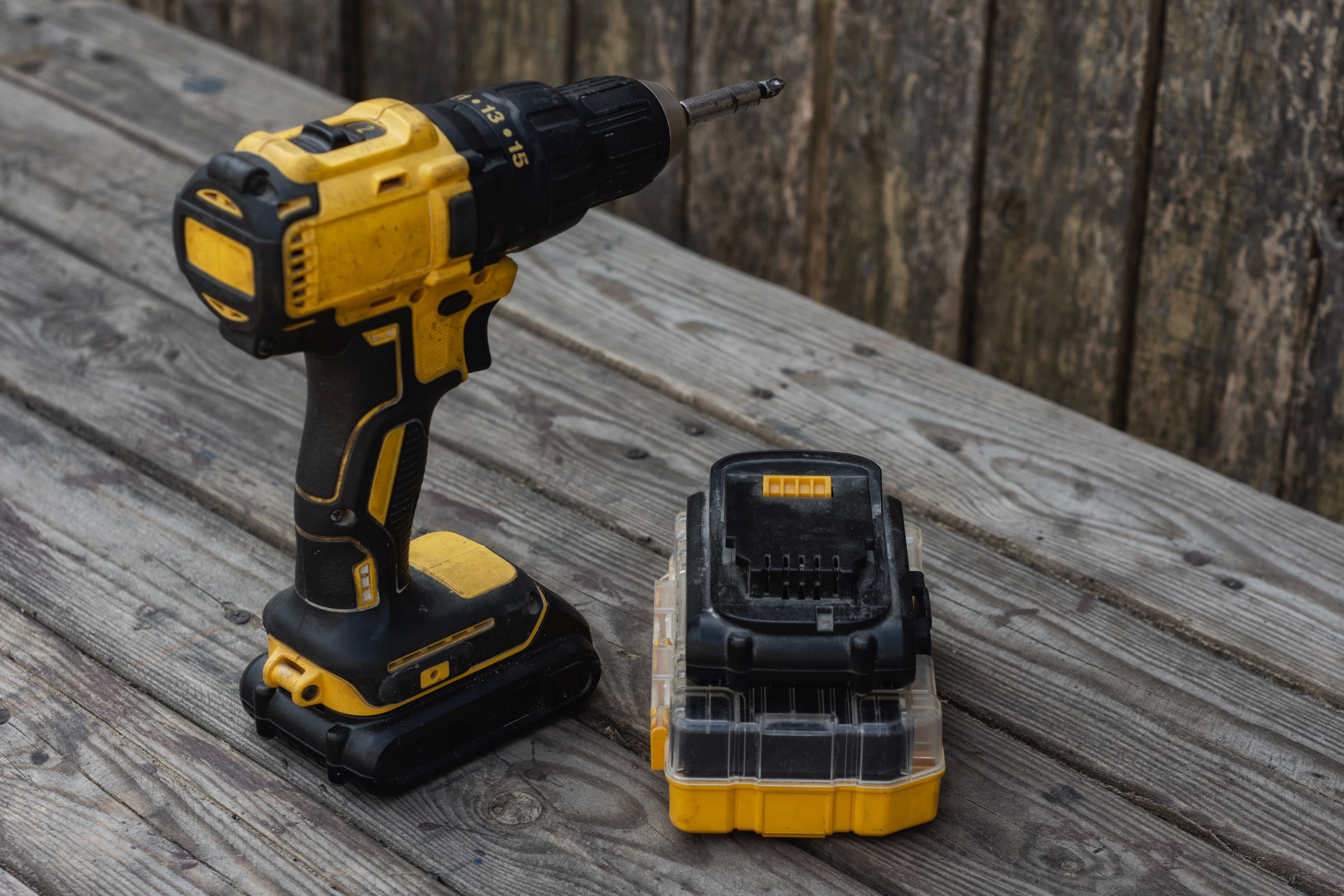Understanding Magnetic Drills: What You Need to Know
RR
Introduction to Magnetic Drills
Magnetic drills, also known as mag drills, are specialized portable machines designed for drilling precise holes in metal surfaces. These powerful tools are equipped with an electromagnetic base that secures the drill to the metal workpiece, providing stability and accuracy. Understanding how these tools function and their various applications can help you choose the right one for your project needs.
Magnetic drills are commonly used in construction, fabrication, and manufacturing. Their versatility and precision make them an essential tool for professionals who require accurate drilling on steel beams, pipes, and other metal structures. Let's delve deeper into what makes magnetic drills indispensable in various industries.

Key Features of Magnetic Drills
One of the standout features of magnetic drills is their electromagnetic base. This base allows the drill to adhere securely to the metal surface, minimizing movement and ensuring precision in drilling. The magnetic base is powered by electricity, which activates the magnet and keeps it firmly attached to the workpiece.
Another important feature is the variable speed control. This allows users to adjust the speed of the drill bit according to the material and size of the hole being drilled. Such versatility ensures cleaner cuts and prolongs the life of both the drill bit and the machine itself.

Types of Drill Bits Used
Magnetic drills can accommodate a variety of drill bits depending on the task at hand. Here are some common types:
- Annular Cutters: These are hollow core bits ideal for cutting large diameter holes quickly and efficiently. They are perfect for creating burr-free holes in steel.
- Twist Drill Bits: Traditional bits that are used for drilling smaller holes or when precision is crucial. They come in various sizes and materials to match specific drilling needs.
- Countersink Bits: Used to create a conical hole for a screw or bolt head to sit flush with or below the surface level.
Benefits of Using Magnetic Drills
One of the primary advantages of using magnetic drills is their portability. Unlike stationary drilling machines, mag drills can be easily transported to different job sites, making them ideal for on-site applications. This mobility ensures that even large metal structures can be drilled with precision.
The stability provided by the electromagnetic base means less room for error, resulting in accurate and precise holes. This feature is especially beneficial when working on vertical or overhead surfaces where precision is critical.

Safety Considerations
While magnetic drills offer numerous benefits, it is important to adhere to safety guidelines when operating them. Ensure that the electromagnetic base is properly engaged before starting the drill to prevent any accidental slips or movements. Additionally, always wear appropriate safety gear such as gloves and goggles to protect against metal shavings and debris.
Regular maintenance and checks are also vital. Inspecting the machine for wear and tear, ensuring all components are functioning correctly, and keeping the machine clean can significantly reduce the risk of accidents and prolong its lifespan.
Conclusion
Understanding magnetic drills and their capabilities can greatly enhance your metalworking projects. With their portability, precision, and versatility, these tools have become essential for professionals across various industries. Whether you're drilling large holes in steel beams or working on intricate metal structures, a magnetic drill can provide the accuracy and efficiency needed to get the job done right.
Whether you're a seasoned professional or new to using magnetic drills, investing time in understanding their features and proper usage will ensure you get the most out of this powerful tool. As technology advances, magnetic drills continue to evolve, offering even greater functionality and ease of use for all your drilling needs.